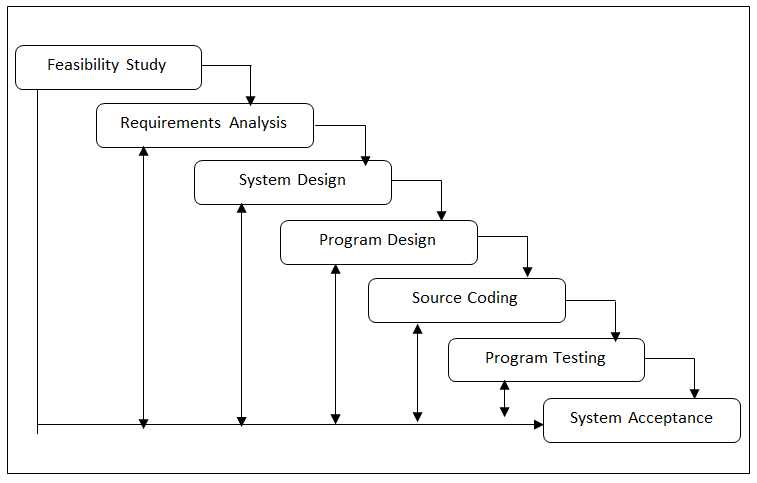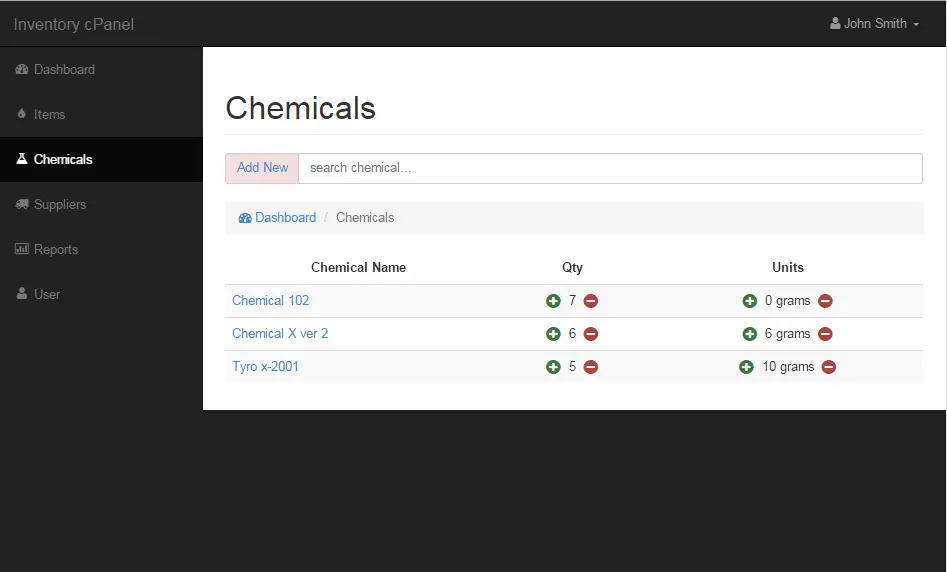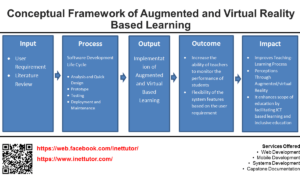K12 Grading System Methodology Chapter 4 Documentation
Chapter IV
METHODOLOGY
This article/documentation is an example capstone project that discusses the chapter 4 which is the methodology. The project entitled K12 Grading System used a modified waterfall model for the conduct of study and development of the system. This article will discuss and define the stages of the waterfall model and the steps conducted by the researchers, in addition, it also includes the software and hardware requirements for the development and implementation of the said capstone project.

Requirements Analysis
The requirements were gathered by the researchers from the end-user by conducting interview, observation, and consultation. The gathered data was used as basis in the design of the system. The researchers formulated a project plan and decided what features to integrate to the system which will minimize the problems encountered by the teachers and staff, improve efficiency and generate accurate reports.
Requirements Documentation
This section presents the methodology used to develop the system, the system’s functionality, the suggested system content by the teacher’s and the project plan in developing the said system. It also includes the software and hardware requirements, software developer and people ware recommendations.
System Methodology – The researchers selected the Modified Waterfall Model for the development of the K12 Grading System. It is one of the process models in System Development Life Cycle (SDLC) that has a series of steps which involves the number of phases or procedures that gave the complete software. It is linear process where a sequential methodology is followed and the project progress is monitored and measured according to the completion of each phase.

Figure 1.0: The Modified Waterfall Model of K12 Grading System
The following are the phases involved in the development of the K12 Grading System as shown in Figure 1.0:
Feasibility Study – As the name implies, this phase is an analysis of the viability of an idea. The researchers tried to answer the essential question of “Should we proceed with the proposed project idea?” In order to answer the question, the researchers use principal tools like fact-gathering technique which basically includes surveys and interviews with the respondents. Surveys questionnaires were distributed and were calculated using the statistical analysis tools for a thorough and scientifically valid analysis of survey results. Cost-benefit analysis will be done that ascertains whether the benefits are worth the associated costs.
Requirements Analysis – In this most crucial phase of the project, the researchers established the system’s services, constraints and goals by consultation with user. They gather and list down all possible requirements of the system to be developed and then define it in manner that is understandable by both user and the developer; chalked out the functionality and limitations of the software. The data gathered or the requirement specifications served as the basis for the development of. Requirements were then analyzed and then proper documentation was prepared. This document was verified and endorsed to the client before starting the project.
System Design – In this phase, the system was designed based on the requirements needed in the system. The researchers utilized several analytical tools that can facilitate an understanding of how complex systems operate, how well they meet their overall goals. Process modeling and data modeling will be done to present the system’s data and the relationship between different data elements.
Source Coding – The system programmer create the source codes necessary for the system to be constructed; reviewed and revised the design of the tables and forms of the system, and tested the functionalities of the system.
Program Testing – This phase aimed to find out whether the software functions and features work according to the specification, ensure that the produced system is complete and performs efficiently, evaluate whether the software perform all activities after integration with the existing operating environment, and measure up the reliability and overall quality of the software.
System Acceptance – The units of the software are integrated together and a system is built. So we have complete software at hand which is tested to check if it meets the functional and performance requirements of the client. After testing is done, we will assemble the whole system and install it into the computer. For the proper installation of the system, one must take into consideration the hardware and software requirements. The supports were also provided at this stage. The client will be required to have user training for them to familiarize the system.
The researchers present the software development tools, hardware specifications, and people ware recommendations for the developed K12 Grading System.
Software Requirements
The following were the list of requirements of the software used during the development and implementation of the system.
- Development
- Visual Basic
- Syncfusion Metro Studio
- Net
- PostgreSQL
- Implementation
- Windows Windows 7/8/10
Hardware Requirements
The following were the recommended lists of hardware for the development of the user interface of the developed system.
- Processor: Pentium 4 or later
- RAM: 512mb up
- Hard Disk Space: 5gb up
People Requirements
The project proponents and the recommendation of appropriate users for the new system with specific task given are:
End-Users – required the end-user specifically the Faculty to be knowledgeable of the system, understands the program and its application. He or She should be a computer-literate, knows how to operate the system and is willing to undergo training.
Project Proponents – Supervises and monitors the entire project activities and its development; responsible for researching, planning and recommending software and system choices to meet an organizations business requirements; creates the source codes for the development of the system and must be expert with the programming language to be used in the development of the system.
Project Plan. Before the software project is implemented, the researchers prepared a project schedule that will list all the activities to be accomplished in the development of K12 Grading System.
Software Design and Development
This section includes the system functionalities to define what functions are to be included in the developed system to satisfy the needs of the teachers in the grading system and students pro Development and Testing
Now that we have system design, code generation begins. Code generation is conversion of design into machine-readable form. If designing of software and system is done well, code generation can be done easily. We will apply the information gathered in the first two phases to create the actual working parts of the system. We will then implement the program as designed in the earlier stages. In this phase, we will conduct unit testing, to ensure that there are no defects.
TESTING
These include initial testing and final testing of the K12 Grading System:
Initial Testing
In this phase, a series of unit testing were performed to check if the specification has been met and to look for any possible problems that may arise during implementation and operation of the software. In the evaluation of the K12 Grading System, the developers used the McCall’s Software Quality Model for the assurance of the evaluation by the three software experts. With the aid of this testing tool, we were able to assess whether the system functioned well or whether it needs improvements.
Final Testing
In this phase, a self-made testing tool was used in measuring the final testing. The said testing instrument was composed of two parts. Part I is for the profile of the respondents and Part II is for the User’s Evaluation Form. The responses for the functions/features will be rated on this manner; 5-Excellent, 4-Very good, 3-Good, 2-Fair, 1-Poor. The final testing will be evaluated by the end-user for them to check the features of the function of the system. The number of respondents was calculated using the Slovins formula. In order to meet the expectation of the end user, the system should work accurately and accordingly.
Validity of the Final Testing Instrument
The developers presented the self-made testing instrument to the evaluators or experts to check its conformance to standard for validation purposes. The expert rated it in terms of accuracy that referred to the precision of computations and control. The validity referred to the degree to which a particular instrument is useful in measuring that which it is designed to measure according to Carter V. Good and Douglas F. Scates.
Implementation Result
After a series of analysis and computations, the results of the evaluation for initial and final testing were presented. The developed system was evaluated by three IT experts during the initial testing using the Software Quality Model based on the criteria set forth by McCall’s and the end-users during the final testing using the validated self-made testing tool. Having an overall weighted mean of 4.10(Good) and 4.48(Excellent) for initial and final testing respectively, it only showed that the K12 Grading System meets the requirements of our clientele.
Credits to the authors/developers of the project
You may visit our facebook page for more information, inquiries and comments.
Hire our team to do the project.


